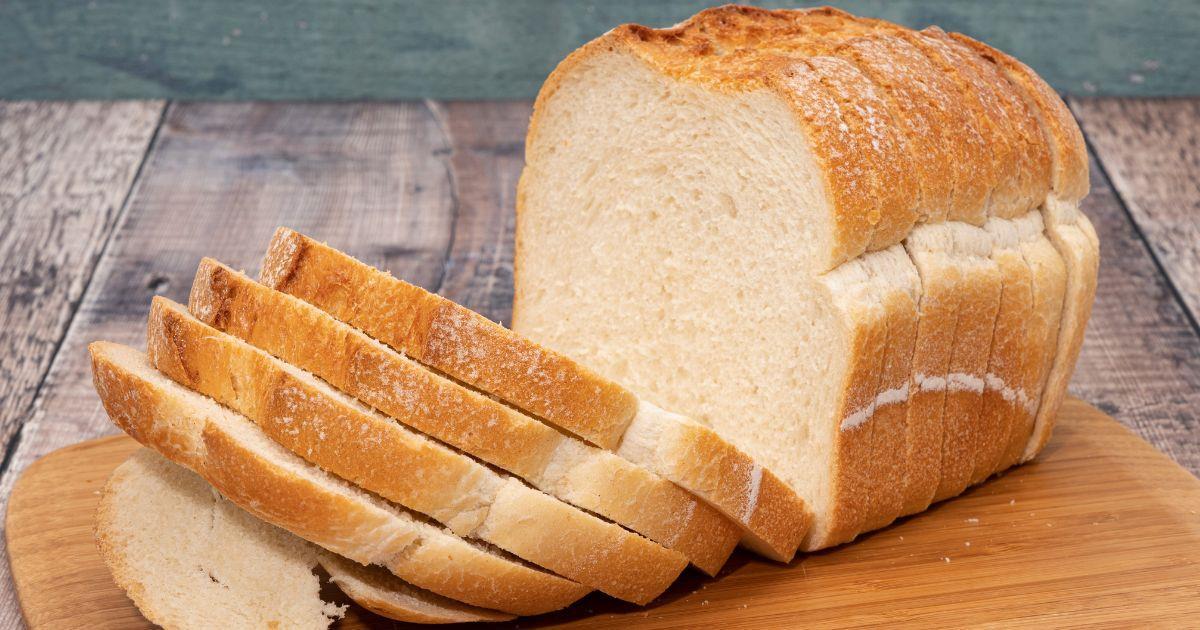Bread Market Evolution: Consumer Trends, Technological
Innovations, and Sustainable Growth Opportunities from 2024 to 2032
The bread market, a cornerstone of the food industry, has witnessed substantial growth and evolution over the years. Bread, a staple food in many cultures, holds a significant place in daily diets worldwide. As consumer preferences and dietary trends continue to evolve, so does the bread market, adapting to new demands and challenges. In 2023, the bread market size reached approximately USD 196.95 billion, marking its prominence in the global food economy. Projections indicate a promising future, with expectations of a Compound Annual Growth Rate (CAGR) of 6.40% from 2024 to 2032, aiming to achieve a market value of around USD 344.25 billion by the end of the forecast period.

Historical Context and Market Dynamics
Bread, one of the oldest prepared foods, has been a dietary staple for millennia. Its production and consumption have evolved significantly from traditional artisanal methods to industrialscale manufacturing. The advent of industrialization and urbanization catalyzed the transformation of bread production, leading to mass manufacturing and widespread accessibility. This transition not only boosted production efficiency but also facilitated the entry of numerous players into the market, fostering competition and innovation.
In recent decades, health consciousness among consumers has profoundly influenced the bread market. Rising awareness of nutrition, dietary preferences, and concerns over gluten intolerance have shifted consumer demand towards healthier alternatives. This trend has spurred the development of gluten-free, whole grain, and fortified bread varieties, catering to diverse dietary needs and preferences. Moreover, technological advancements in baking processes and ingredient formulations have enabled manufacturers to enhance product
quality, extend shelf life, and maintain nutritional integrity, thereby expanding market reach and consumer appeal.
Global Market Landscape
The global bread market is characterized by its expansive geographical presence and diverse product offerings. Regions such as North America, Europe, Asia-Pacific, Latin America, and the Middle East and Africa contribute significantly to market growth, each exhibiting unique consumption patterns and market dynamics. North America and Europe, with their established bakery traditions and high per capita consumption, dominate the global market share. However, rapid urbanization and changing lifestyles in emerging economies of AsiaPacific and Latin America are driving increased bread consumption, presenting lucrative growth opportunities for market players.
Market Segmentation and Product Diversity
The bread market encompasses a wide range of product segments tailored to meet varying consumer preferences and dietary requirements. Key product categories include:
White Bread: Traditional staple known for its soft texture and mild flavor.
Whole Grain Bread: Rich in fiber and nutrients, catering to health-conscious consumers.
Artisanal and Specialty Bread: Handcrafted varieties offering unique flavors and textures.
Gluten-Free Bread: Designed for individuals with gluten intolerance or celiac disease.
Frozen and Ready-to-Bake Bread: Convenient options for busy lifestyles, emphasizing freshness and convenience.
Each product category serves distinct consumer segments, reflecting diverse cultural, nutritional, and lifestyle preferences worldwide. Market segmentation based on distribution channels further enhances accessibility, encompassing supermarkets/hypermarkets, convenience stores, specialty bakeries, online retail platforms, and food service outlets.
Consumer Trends and Innovations
The evolving consumer landscape continues to shape the bread market, driving innovation and product diversification. Key trends influencing consumer choices include:
Health and Wellness: Growing preference for nutritious and functional bread varieties, including low-sugar, high-protein, and fortified options.
Sustainability: Increasing awareness of environmental impact, prompting demand for sustainably sourced ingredients and eco-friendly packaging solutions.
Convenience: Busy lifestyles fuel demand for on-the-go and ready-to-eat bread products, emphasizing convenience without compromising quality.
Flavor Innovation: Experimentation with exotic flavors, ancient grains, and regional recipes to cater to adventurous palates and cultural diversity.
Furthermore, digitalization and e-commerce platforms have revolutionized consumer engagement and market accessibility, enabling bread manufacturers to reach broader audiences and respond swiftly to evolving consumer preferences.
Regional Dynamics and Consumer Preferences
North America and Europe: These regions have well-established bakery traditions and high per capita consumption of bread. Consumer preferences in these markets often favor artisanal, whole grain, and organic bread varieties. Health consciousness drives demand for clean-label products, promoting transparency in ingredient sourcing and manufacturing processes.
Asia-Pacific: Rapid urbanization, changing lifestyles, and increasing disposable incomes contribute to the burgeoning bread market in Asia-Pacific. Countries like China, India, and Japan exhibit diverse consumption patterns, with preferences ranging from traditional bread varieties to western-style baked goods. Manufacturers are tapping into local flavors and cultural preferences to cater to regional tastes.
Latin America: Bread holds cultural significance in many Latin American countries, where staple varieties like pan dulce (sweet bread) and pan de queso (cheese bread) are popular. Urbanization and rising middle-class populations are driving growth in the region's bread market, with a growing demand for healthier and convenienceoriented products.
Middle East and Africa: Bread consumption in these regions is deeply rooted in cultural and religious traditions. Varieties such as pita bread, naan, and injera are integral to daily diets. Urbanization and increasing consumer awareness of health and wellness are influencing demand for fortified and whole grain bread options, presenting opportunities for market expansion.
Technological Advancements and Manufacturing Innovations
Baking Technology: Advanced baking technologies enhance production efficiency, product consistency, and shelf life. Automated systems for dough mixing, fermentation control, and baking ensure high-quality standards and operational efficiency in large-scale manufacturing.
Ingredients and Formulations: Innovations in ingredient sourcing and formulations cater to diverse dietary needs and consumer preferences. Clean-label trends promote natural ingredients, while functional ingredients like ancient grains, seeds, and nuts add nutritional value and enhance product appeal.
Packaging Innovations: Sustainable packaging solutions, including recyclable materials and reduced plastic usage, are gaining prominence in response to environmental concerns. Innovations in packaging design also focus on preserving product freshness and extending shelf life, improving sustainability throughout the supply chain.
